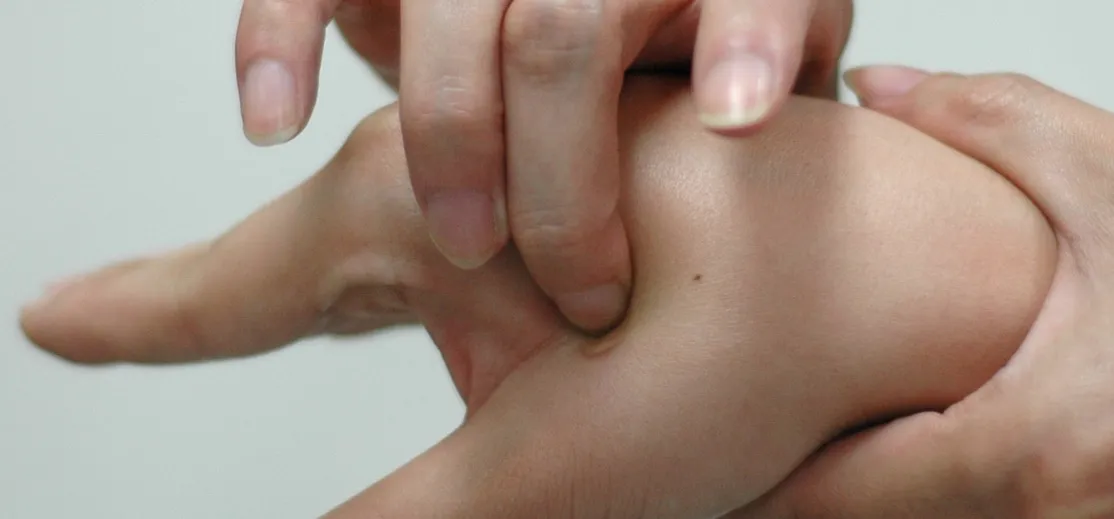2 + 2 = 4.
That's about as much math as I can handle without a calculator on a daily basis. I literally hate doing math more than anything in life, mostly because I'm not good at it—and I hate doing things I'm not good at.
So, when I come across a cool math trick online that claims to make life easier for folks like me, I'm all ears. While calculus is (basically) useless for the average person's everyday life, multiplication, addition, subtraction, and percentages are all things we should be able to do—and without a calculator.

As a big fan of TED Talks, I came across the following video of Gaurav Tekriwal showcasing the benefits of something called Vedic mathematics, which is basic a set of strategies to help simplify difficult calculations.
Although the origins of these teachings are somewhat mysterious, the strategies are quite effective, and something I will remember on a daily basis. Maybe math isn't so hard after all?
Here are some of the tips and tricks covered.
How to Multiply Double-Digit Numbers by 11
My multiplication table stopped at 10, so beyond that, I'm making calculations based off my memory or counting in my head. However, using Vedic math, multiplying by 11 is a piece of cake.
All you need to do is add the digits of the number you are multiplying by 11 and place that in the middle of the original number. If the sum of the digits is 10 or larger, simply carry it over. Better to see it than me write it.

See how easy that was? Basically, if you know how to add, you know how to multiple by 11.
Now, let's look at another example.
- 11 x 11
Just separate the number being multiplied by 11 (in this case, also 11) so that there's room for your number in-between. Now, just add the two digits in that number together (1 + 1 = 2) and throw the sum in that space you left open. That gives you 121.
- 58 x 11
Just add 5 + 8, which gives you 13. The slide it in-between the 5 and 8 and you get 5138. But, that's not right, since you need to carry that one over. Go ahead and carry it over and you'll end up with 638.
Needless to say, I feel like a complete badass now that I know this.
How to Multiply Numbers Close to the Power of 10
This base method uses the powers of 10 (tens, hundreds, thousands, etc.) and cross subtracts and multiplies the sums. Again, much better to see what I am saying then trying to read it. Here's an example of multiplying two, two-digit numbers (a base of hundreds).

What Gaurav does is quite simple actually.
- 99 x 97
He takes the difference of each number from 100 and places those numbers in the right-hand column (99 - 100 = -01 and 97 - 100 = -03).
Then he cross-adds one set of numbers (either pair would work) to get the first number of the answer. So, 99 + -03 or 97 + -01 = 96. So, that'd be the first part of the answer.
Now multiply the two smaller numbers (-01 x -03) to get the second part of the answer. -01 x -03 = 03. So, that makes the answer 9603.
Pretty awesome right?
This same method works for any base of ten. 999 x 987 or 9,878 x 9,999 would all work using a base of 1,000 and 10,000 respectively. You can see this at around the 3:45 mark in the video.
How to Multiple Double-Digits by Any Other Double-Digits
The cool thing about math is watching how seemingly impossible combinations seem to walk out perfectly in the end. By doing certain operations, you can turn wildly complex equations into simple, step-by-step solutions.
Using the Vertical and Crosswise Pattern, we can easily multiply large two-digit numbers like the one pictured below.

Instead of doing the standing method of multiplication, we are going to separate and conquer.
- 12 x 34
First, we multiply vertically up the right side. 2 x 4 = 8. So, 8 will be the last digit in our answer.
Next, we cross-multiply. 3 x 2 = 6 and 4 x 1 = 4. Now add 6 + 4 to get 10. Carry over the 1 like you normally would, and you are left with 0, which will go in front of the 8 we already have.
So, as of now you should have 08 in you answer line.
Lastly, we vertically multiply up the left side. 3 x 1 = 3 and add the carried 1. Place that in the front of our answer line and we get 408.
How to Multiply Using Lines Instead of Numbers
If you're more of a visual learner that really hates numbers, you can also go all Japanese on them and substitute those digits for lines, like YouTuber kimelicious does. I'm not going to explain this one—just watch and you'll see.
Don't You Love Math Now?
There are some really amazing math tricks using Vedic-style mathematics, so be sure to watch the full video to get a firmer grasp on it and start using it in your everyday life.
Do you have any cool math tricks of your own? Let us know in the comments section.
Original cover images by James Weston/Shutterstock, Photosync/Shutterstock

























Comments
Be the first, drop a comment!